WILD BLUE YONDER
PHS drones take flight after months of trials, repairs
More stories from Joelynn Petrie
One of PHS’ drones comes in for a landing after a successful flight.
Is it a bird? Is it a plane? No. It is a drone.
After several long months of trials the Powell High School Drone Club had been able to complete several successful flights in a row.
After a catastrophic crash a couple summers ago, the students in the drone project have been trying to build a new drone and to get another drone functioning.
“That was a couple years ago at the end of the summer when we were flying,” one of the founding members senior Alan Merritt said. “We flew it upwards and it started flying forwards when all of a sudden it did a double backflip and nosedived into the ground.
“It was catastrophic. We had to completely start over.”
A now graduated student, Christian Bitzas, spent the following school year working on a new drone during his independent study classes. He had scavenged the salvagable parts from the old drone but most had to be thrown out. When Bitzas graduated the construction of the drone was passed onto Merritt.
The club has yet to get that drone functioning properly due to technical difficulties.
“Largely technical difficulties within the drone,” Merritt said. “One of the biggest ones we have has been dealing with is the compass inside the drone its causing errors and we aren’t exactly sure why.”
Several attempts were made to fly the repaired drone, but more times than not it ended in a crash.
“… that’s when it crashed into the tennis courts,” new member and senior Dylan McEvoy said. “We aren’t entirely sure but we suspect a faulty GPS. Four of six props broke and there was a dent in the nose.”
There is another drone that the club has been working on. This drone was originally built by alum Hattie Pimentel but suffered a crash a couple years ago that left it sitting on the side lines for several years.
But, due to Merritt’s efforts, the club was able to get this drone flying. This is the one they now have flying consistently.
Unlike normal drones the club controls the drone through a complex technology.
“The drone is controlled primarily through a mapping software; it’s sorta like Google Earth but it allows you to set points for the drone to fly to, then you transfer the set of points to the drone and it will automatically fly to those points,” Merritt said.
There is the option, if they wanted to, to fly the drone with a remote control. In the past they have attempted to try flying the drone with the controller but it is harder than it looks. And for the purpose and size of the drone it makes more sense to fly autonomously. So they stick with the autopilot program.
However, there is a lot more to the drone club then just flying drones.
“In order to run the drone project we need a bunch of different people including people who build the drones and fix them when they crash, people who run the software and make sure all the configurations and settings are correct, people who can analyze the data that we get back from the cameras and determine what it means about the field we are surveying, we need people who are aware of the regulation, and people to lead the group and make sure we are pulling our weight doing what needs to be done,” said Merritt.
It takes many hands to keep the drones flying. Current club members include: Merritt (founding member), Jenna Merritt, David Waite, Riley McKeen, Austin Chandler (founding member), McEvoy (newbie), Devin Ott, Nelli Lucus and Joelynn Petrie (founding member).
Each team member brings something to the table. Alan Merritt is the head engineer, software guru and acts as the leader. Jenna Merritt, Waite, Mckeen and Ott will be the ones to keep the club going once all of the seniors graduate so they are being taught how to do everything. Chandler is in charge of the cameras on the drone and getting them off of the GoPro so we can process the data. Petrie is in charge of making sure they are up to date on all of the FAA rules and regulations; she also assists with analyzing the data and occasionally repairing the drone and programming flights. Lucas and McEvoy offer different perspectives on the drone business. Lucas has experience building and flying racing drones, she also knows how to work the cameras we use on the drones. McEvoy is able to help with more of the rules and regulations bit.
“I personally have some knowledge in part of the legal aspects with the Federal Aviation Administration and I also want to be a commercial airline pilot when I go out into the workforce, so that will also help the drone project,” McEvoy said.
This year five of the nine members will be graduating, so if you are at all interested in drones, using drones for agricultural purposes, or simply technology in general they welcome any and all newcomers. They hold meetings every Wednesday after school until they run out of things to do or have other obligations to attend to. Or more often than not, until the drone crashes.
REPORTER’S NOTE: The most memorable moment that I personally have experienced with the drone project was when the drone had decided to come alive and take off after Alan and I had gone inside to put somethings away. The drone was not armed, meaning it most definitely should not have taken off, and the autopilot program was turned off. But as soon as we had closed the door we heard the drone buzzing as it started to fly upwards. Luckily Alan and I were able to get the drone to safely land before it got too far away.
“Welcome to the Revolution,” FirefFLY6 Droney McDroneface Jr. (Skynet) said.

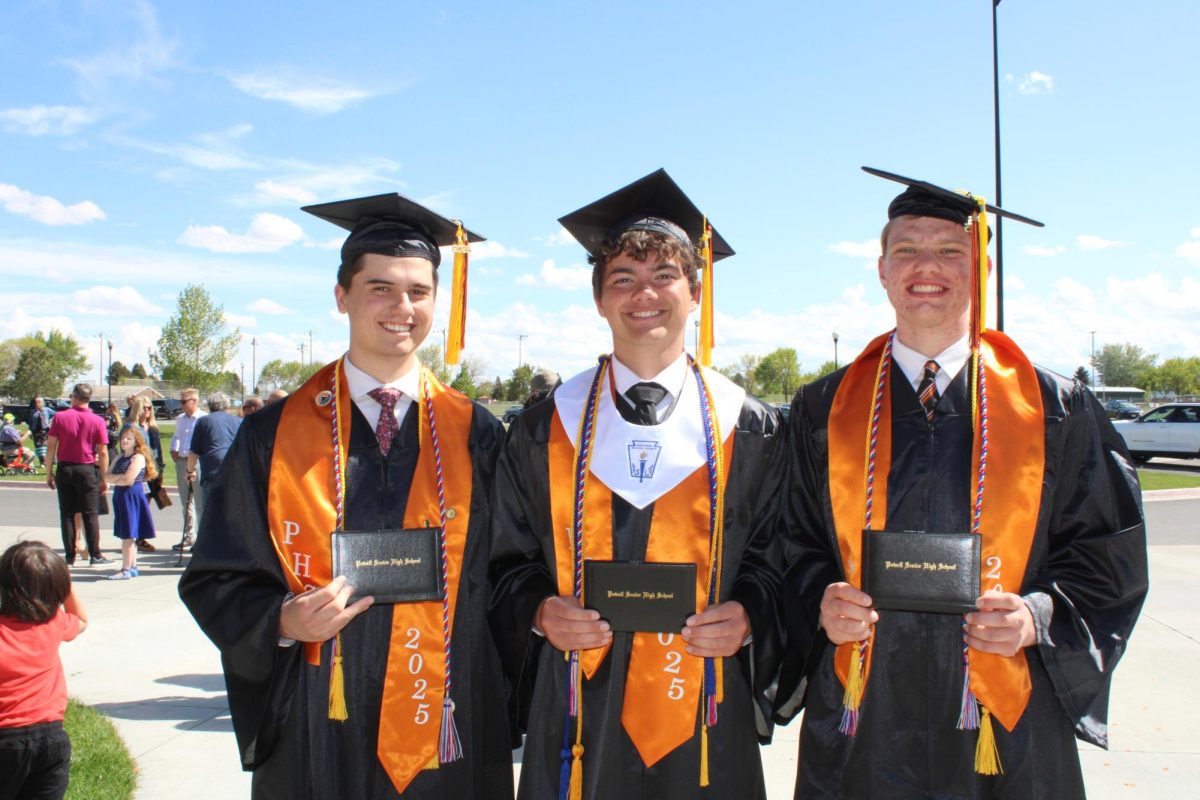

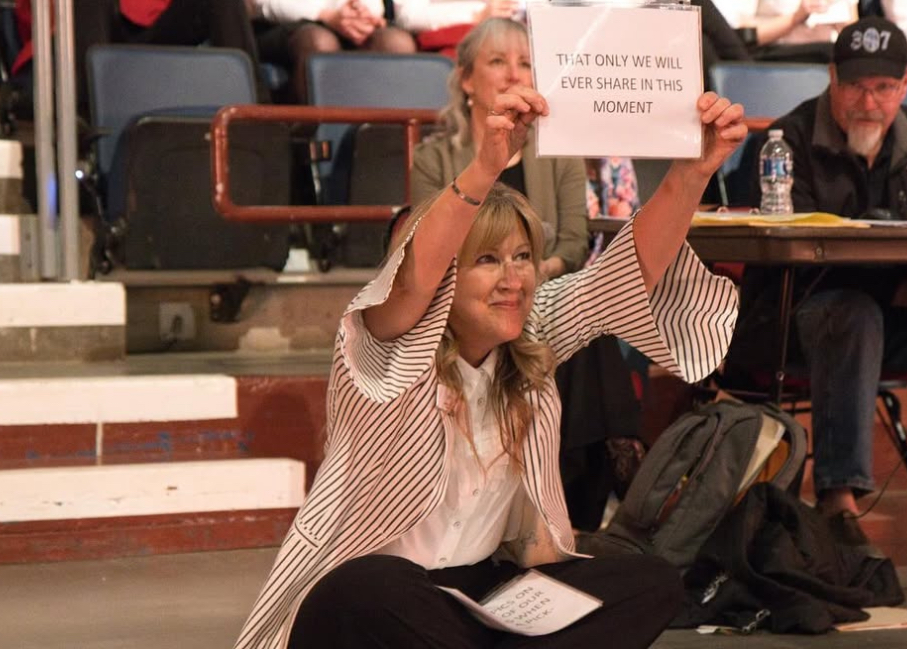
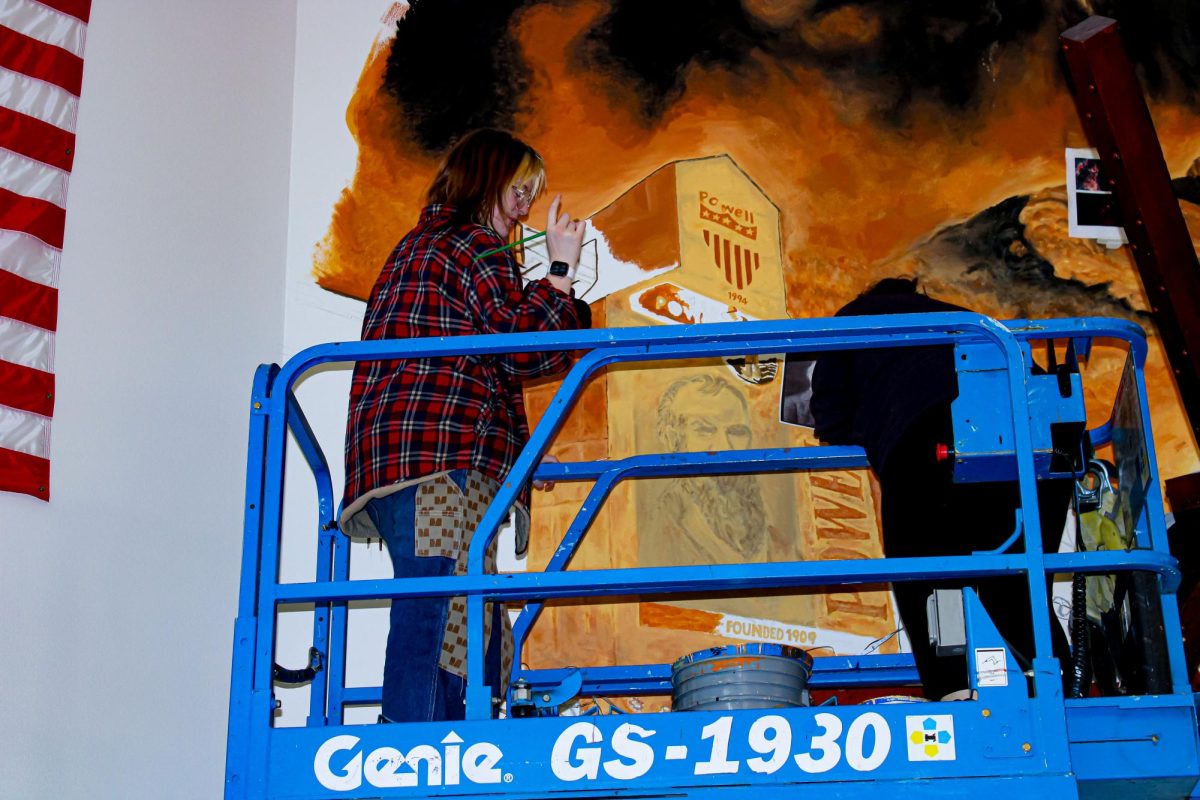
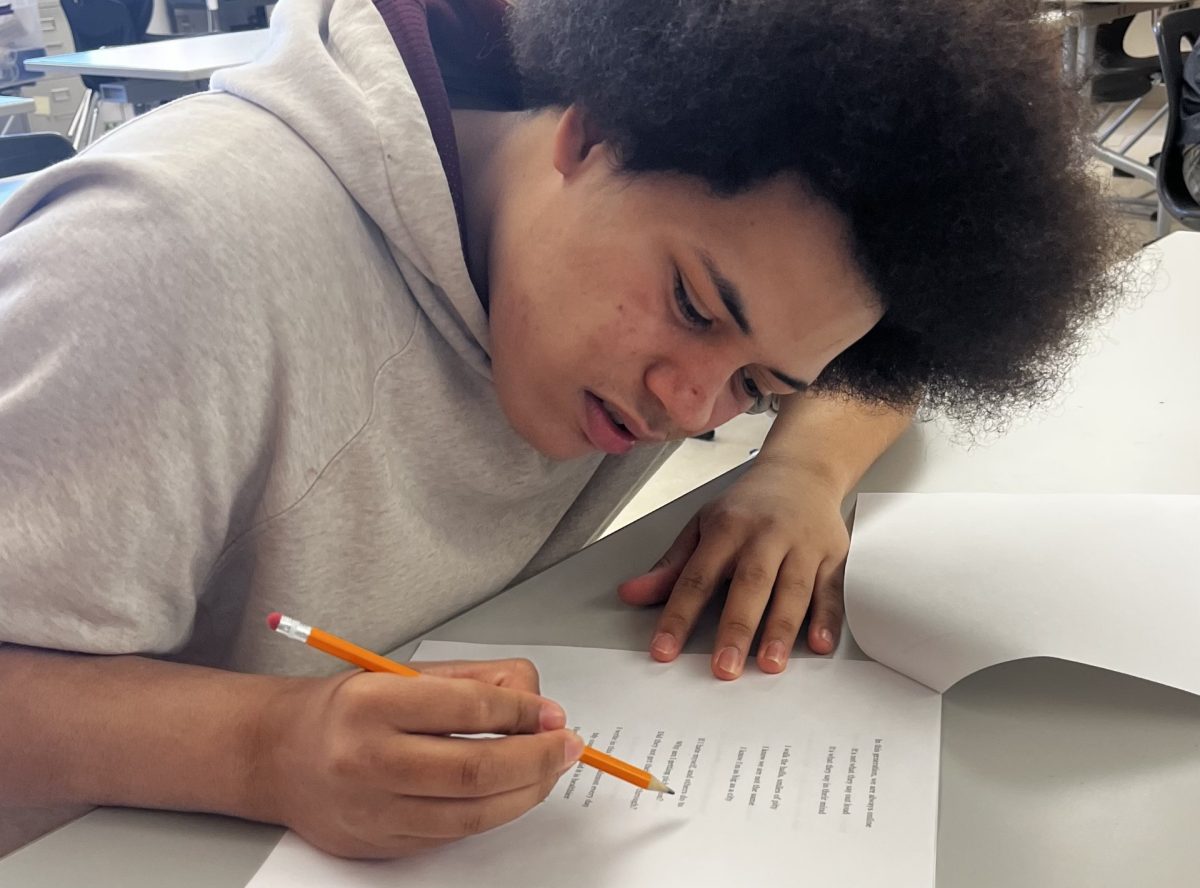

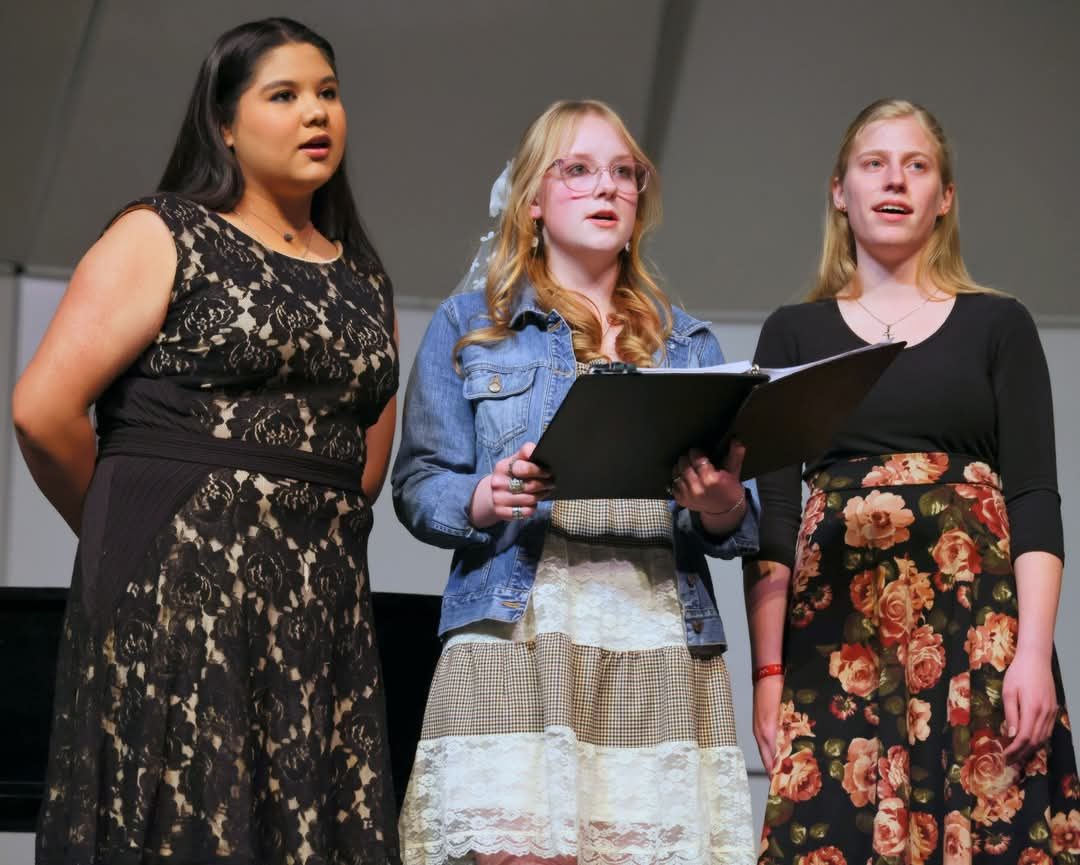
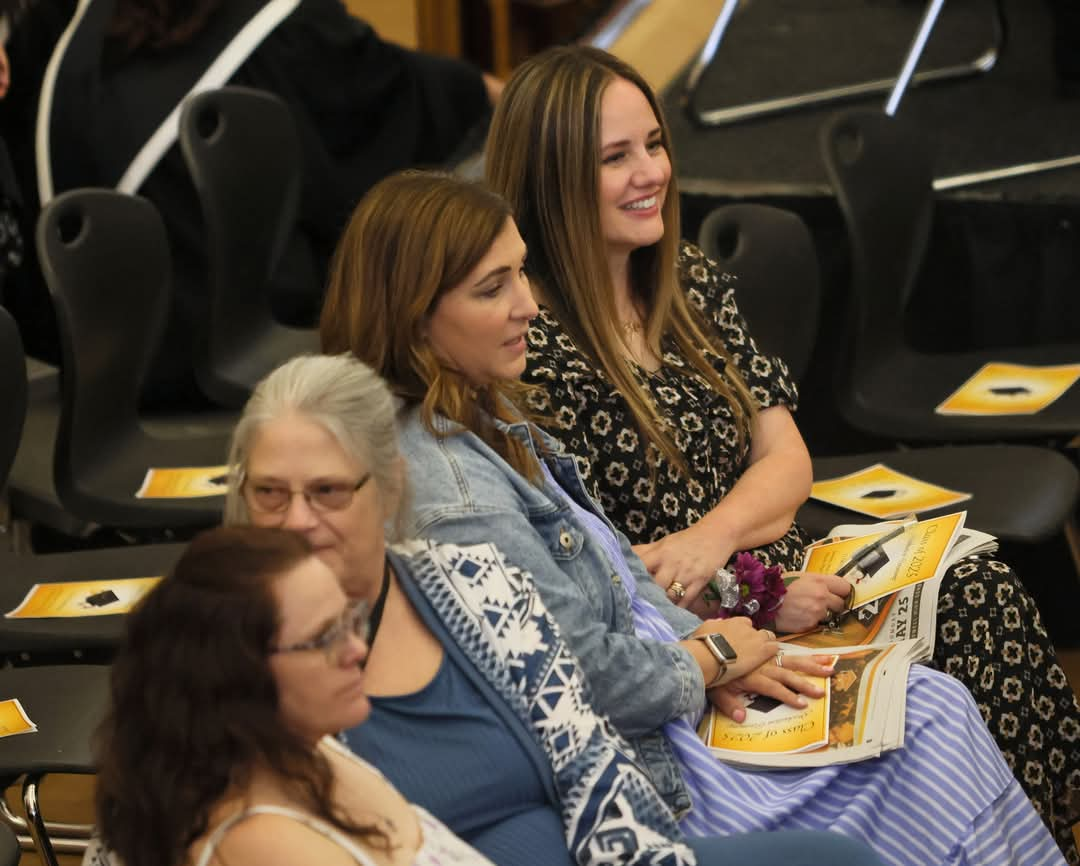
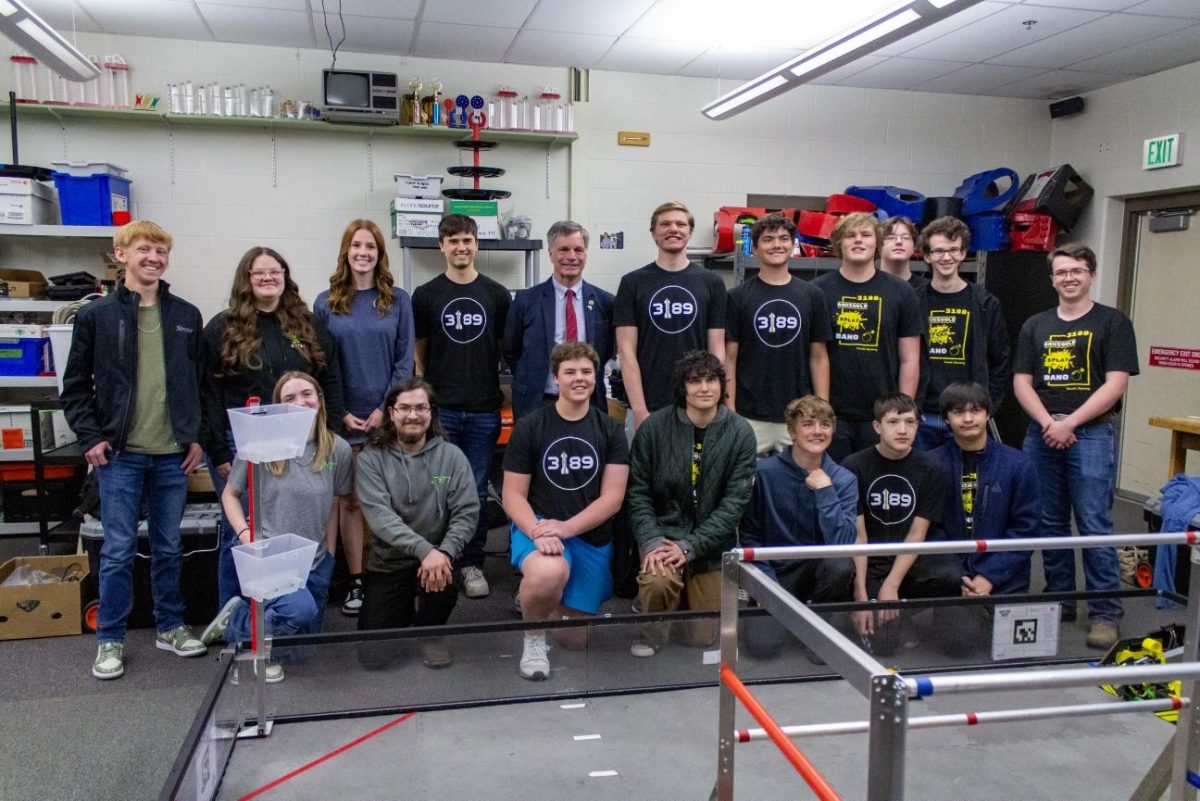
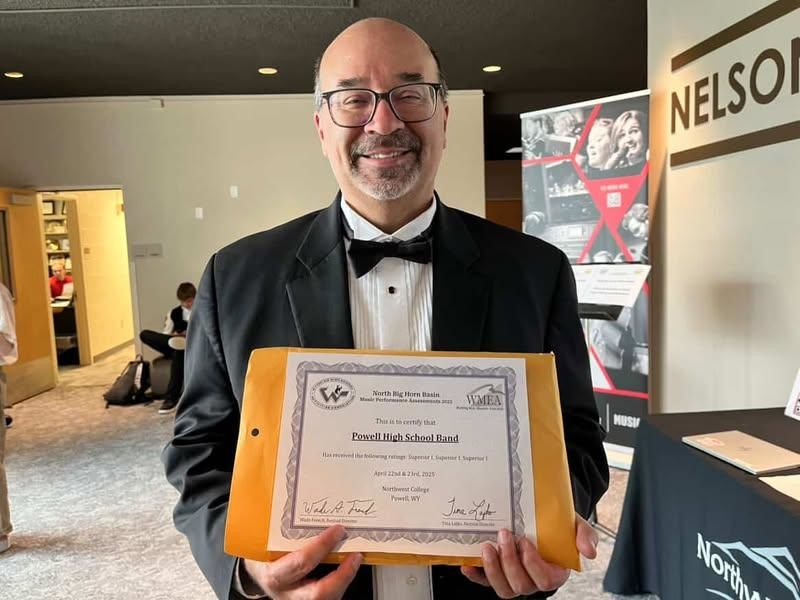
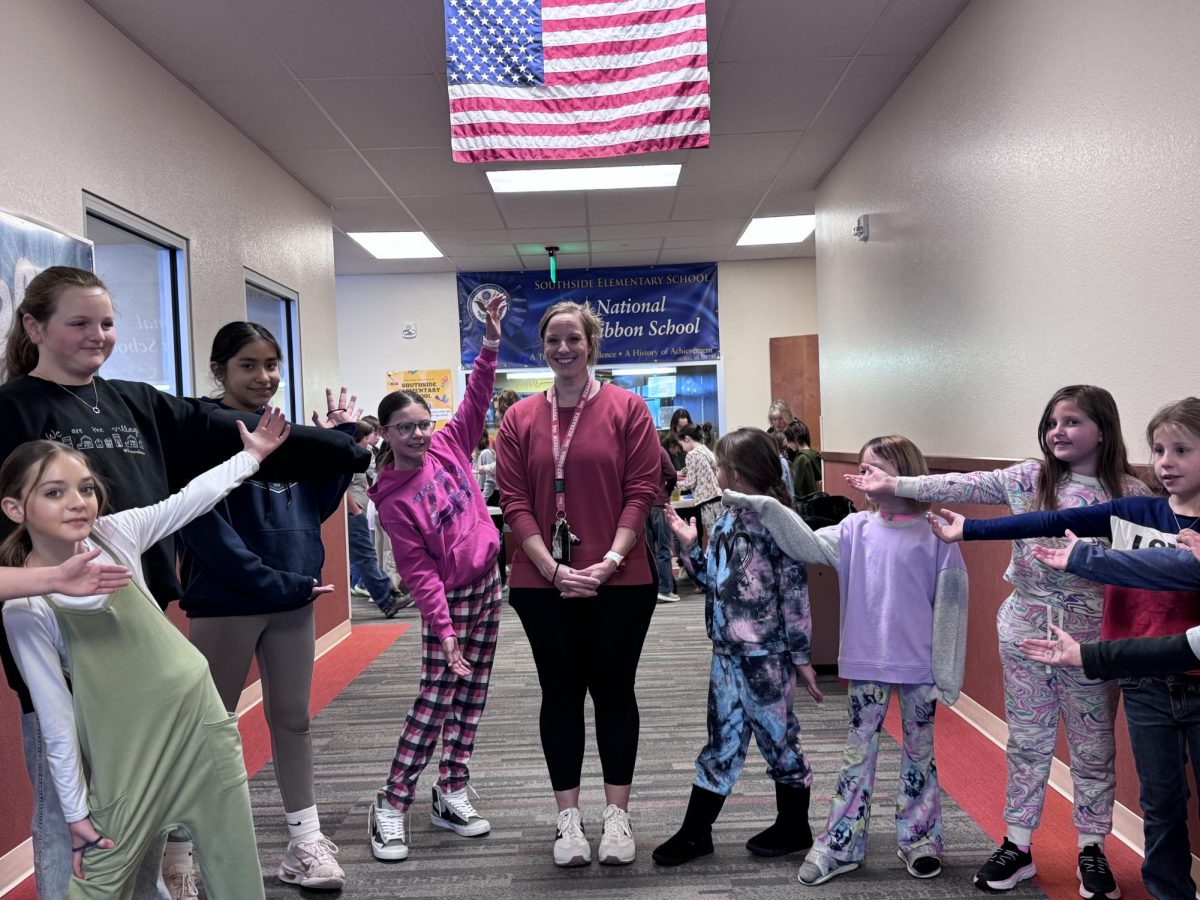
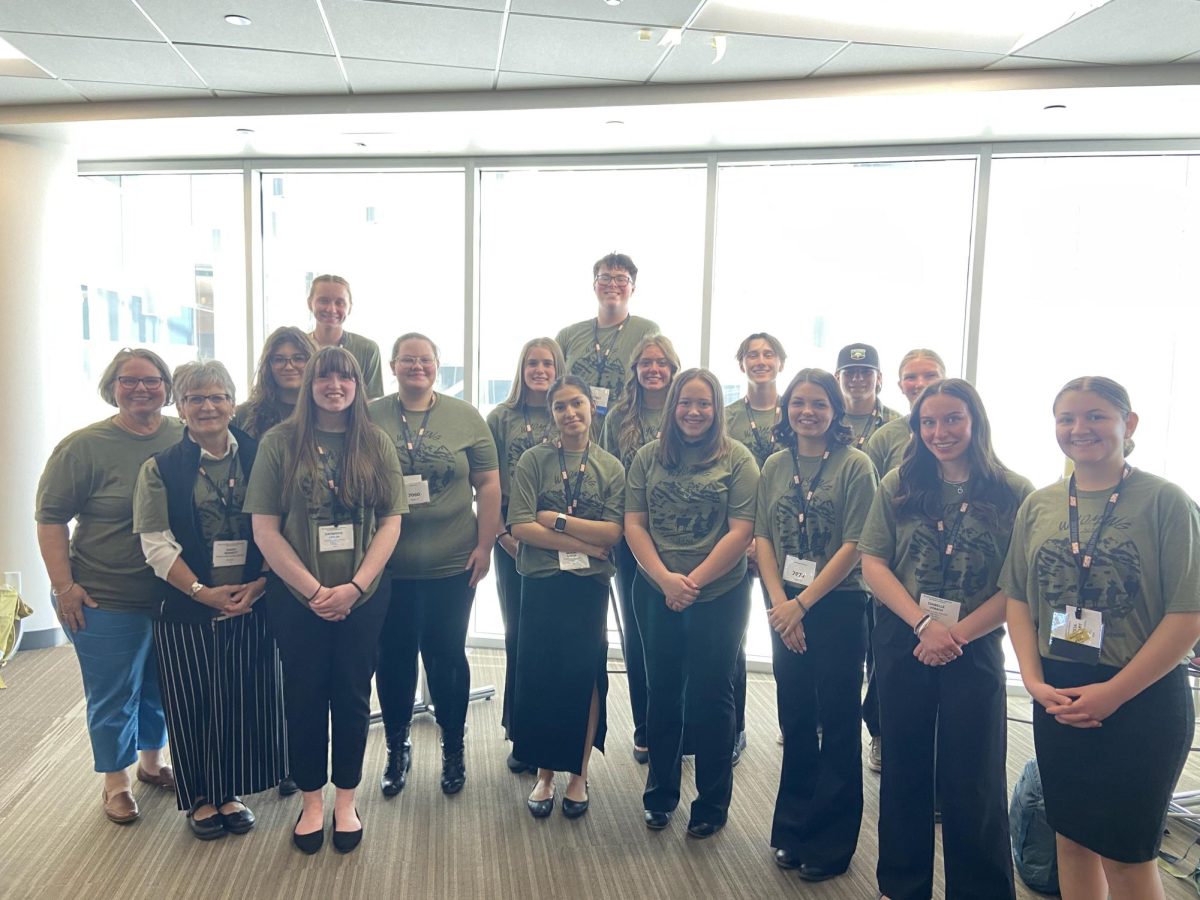
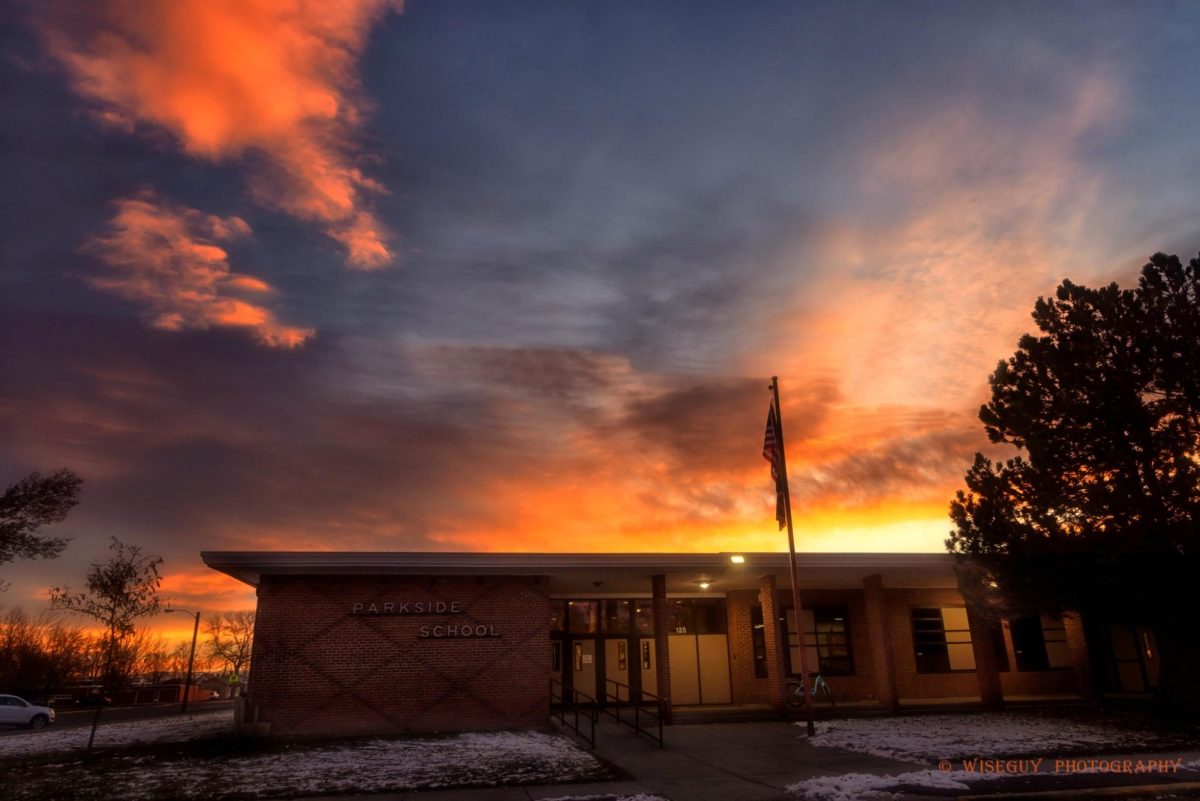

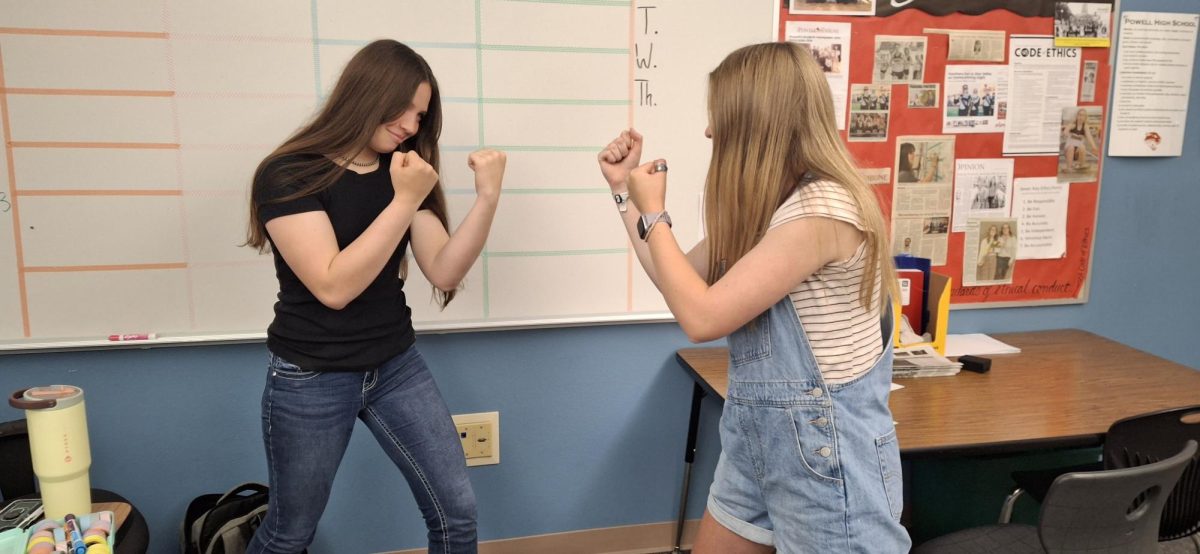



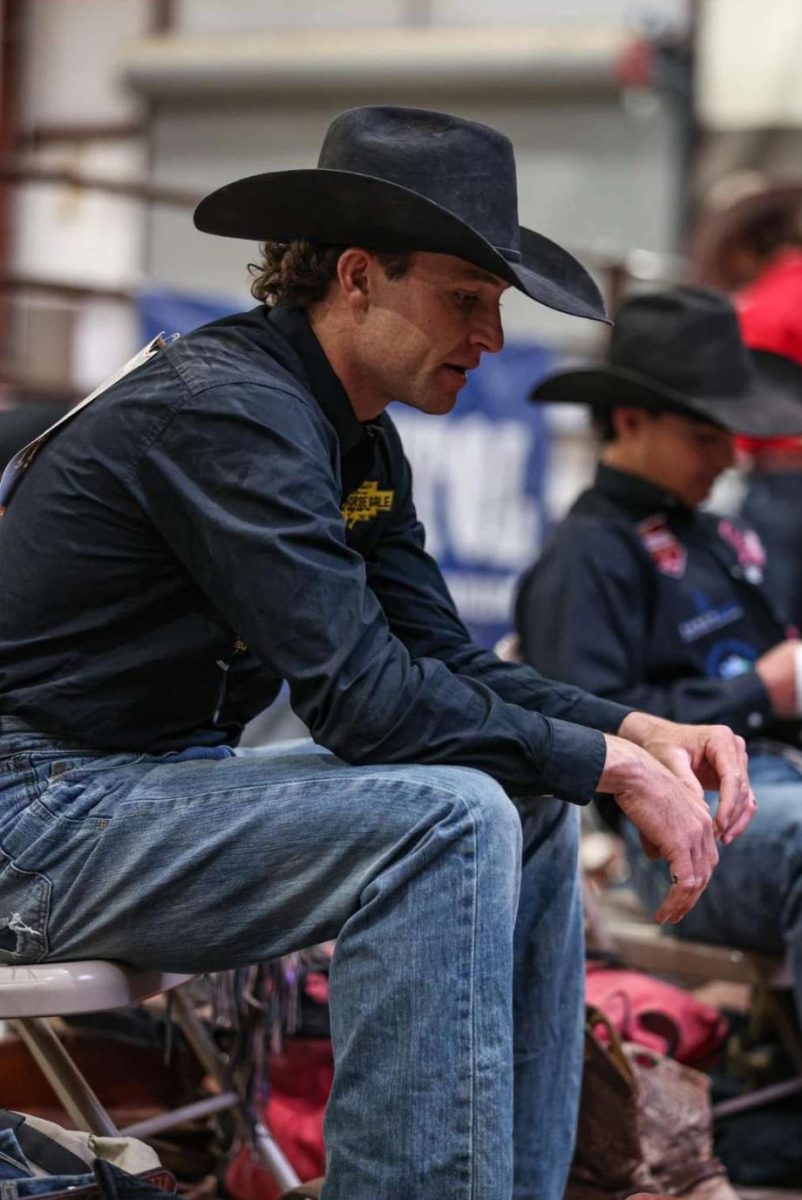

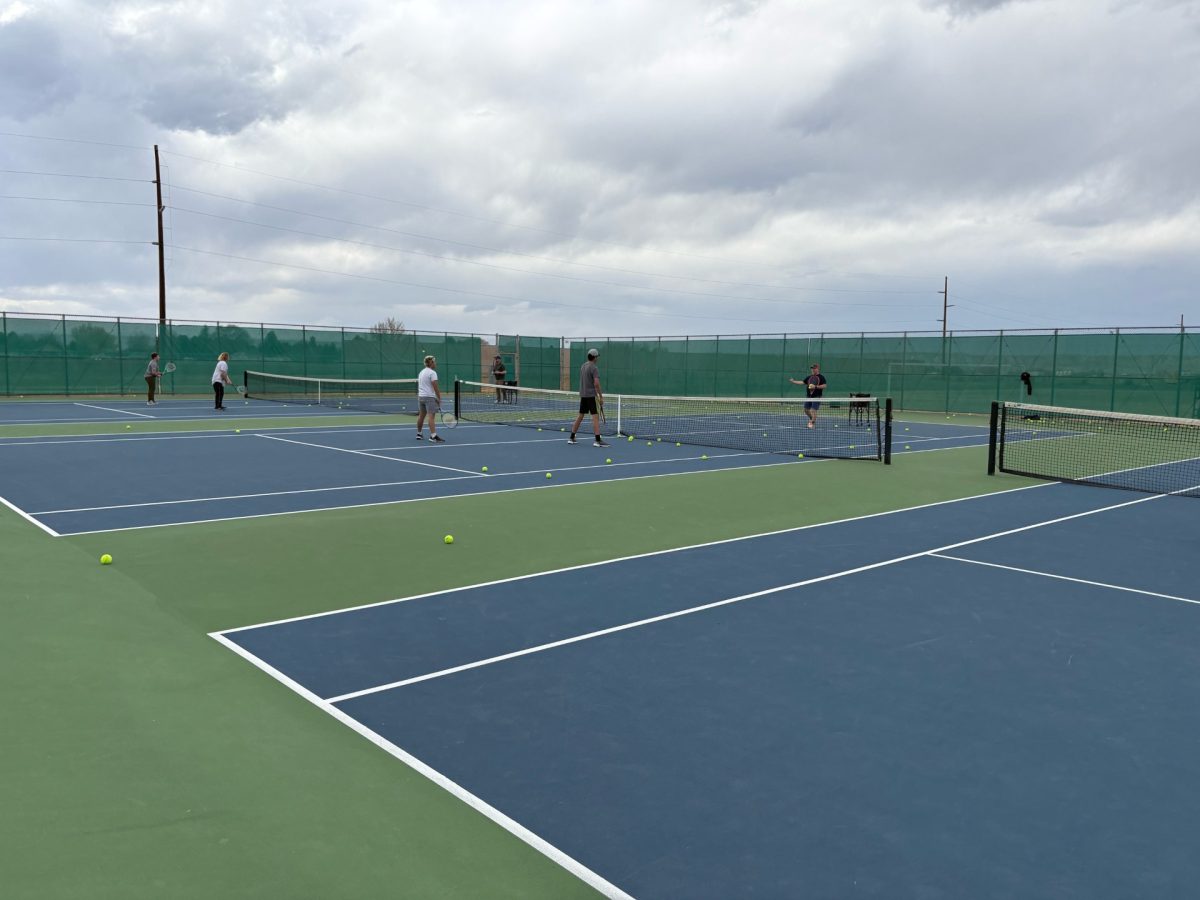
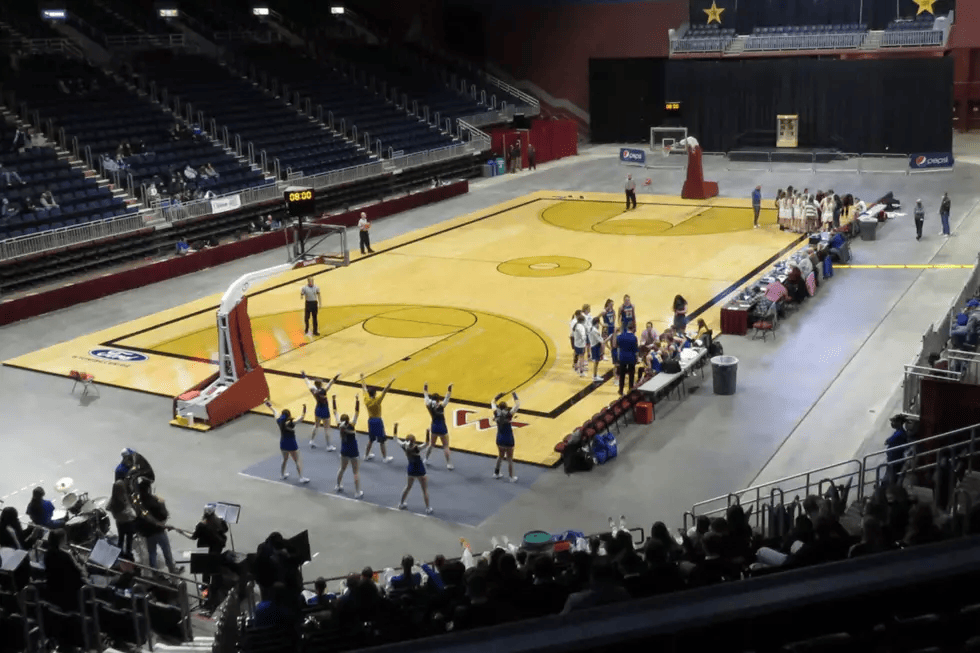
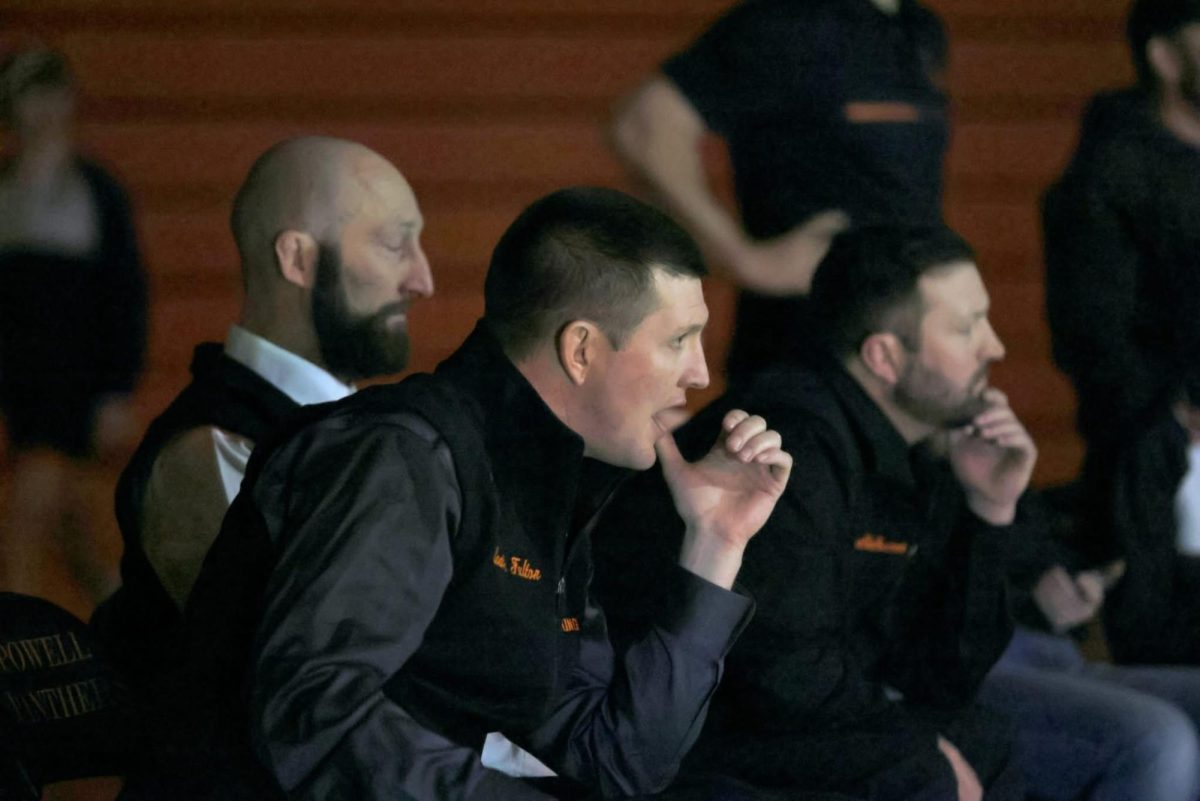
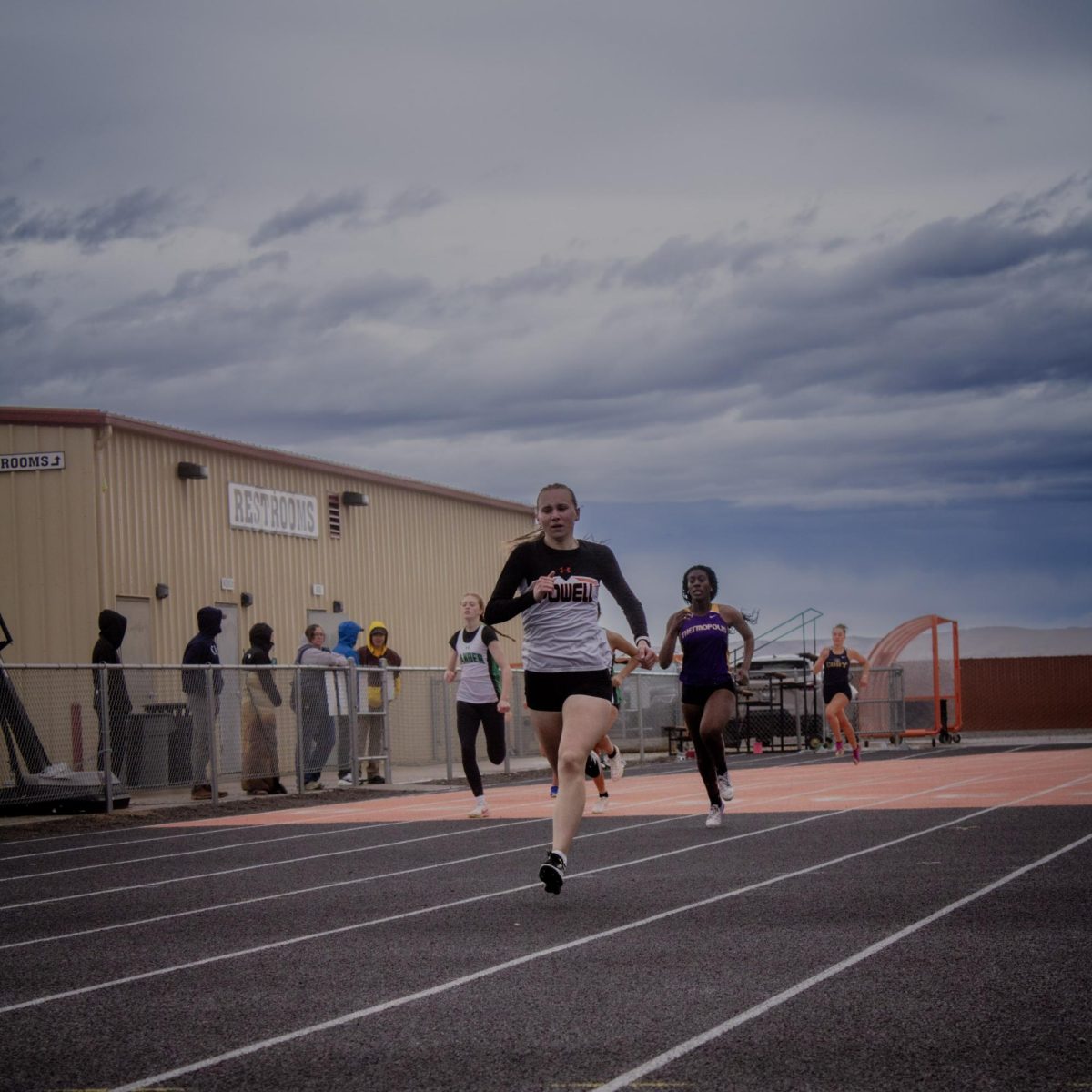


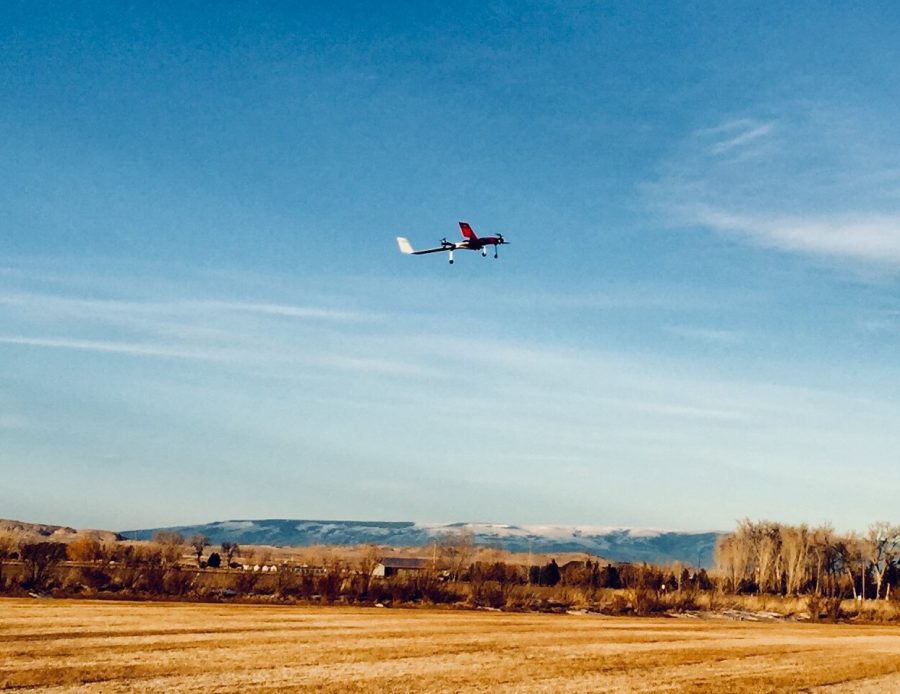
Caden Sherman • Jan 29, 2019 at 11:30 am
Good job. The 3 third paragraph from the bottom provides a lot of info about the members that I didn’t know. Thanks for the drone update. Always wondered what advancements the drone club has made. Being on the robotics team gives me a chance to make some connections. Thanks Joelynn.